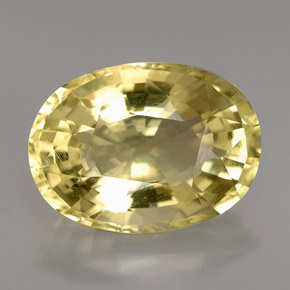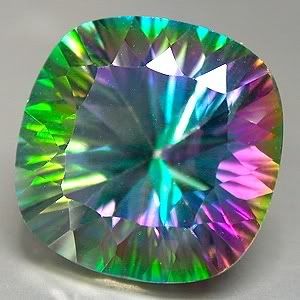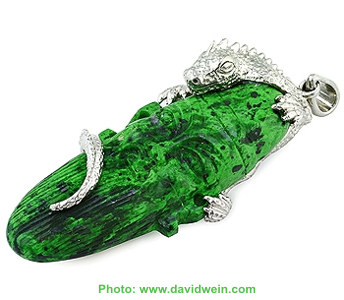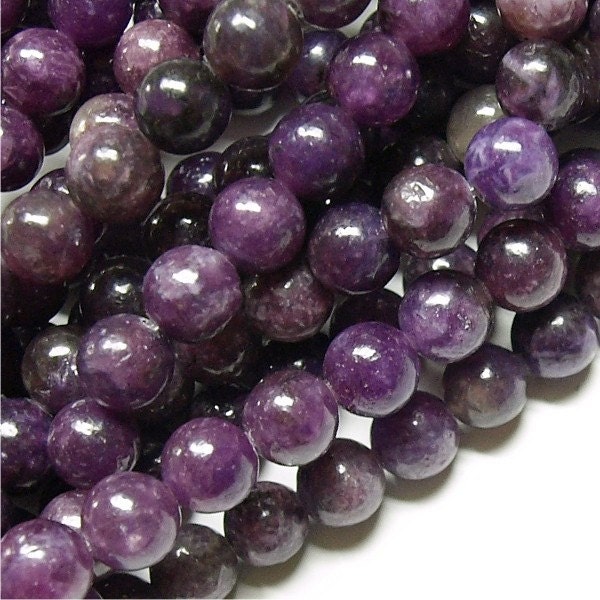Pietersite Gem
Pietersite is the trade name for a (usually) dark blue-gray breccia aggregate made up mainly of hawk’s eye and tiger’s eye. It was discovered by a man named Sid Pieters in 1962 in Namibia. He registered his find in Britain and the discovery was published in 1964, named Pietersite in his honor. Currently there are only two known sources of pietersite; China and Africa. These two forms of pietersite are similar but still somewhat different from each other. The Chinese pietersite’s fibrous mineral is a magnesium-rich alkalic amphibole. The African (Namibian) variety is mainly crocidolite.
Pietersite belongs to a branch of the tigers eye family called riebeckite. Tiger’s Eye is what geologists refer to as a pseudomorph, one mineral that changes into another. Tiger’s Eye began its life as the mineral crocidolite, a form of asbestos. Unlike tigers eye, the surface of a Pietersite looks rather chaotic, with streaks and colors in every direction. This because during formation of the crystal, the materials that compose it were broken apart, swirled every which way, and then were reformed and cemented together by quartz. Stones and crystals that go through that process are referred to as brecciated.
Colors in Pietersite include various blues, golds and reds, that may appear together or alone. Blue is the rarest color, followed by red. The blues range from a baby blue to dark midnight hue. Golds can be light to very deep and rich, sometimes having a reddish hue. All fibrous color variations will have a superb and striking chatoyancy, the bright and subtly changing shimmer of color that moves along the surface of a gemstone as it is viewed from varying angles.








